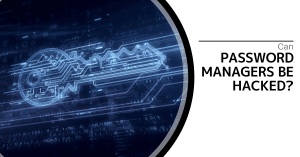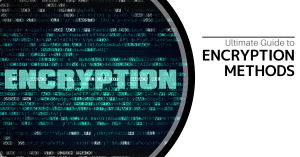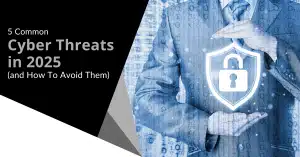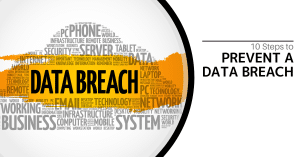Organizations often face challenges in implementing Zero Trust Security due to insufficient planning and resource allocation.
Misunderstanding the core principles can also hinder successful adoption. Zero Trust Security is a crucial framework for enhancing cybersecurity. It operates on the principle of “never trust, always verify,” ensuring that every access request is thoroughly checked. Despite its benefits, many organizations struggle with its implementation.
Common pitfalls include inadequate planning, misunderstanding the framework, and insufficient resource allocation. Companies may also face employee resistance due to the system’s perceived complexity. Effective communication and thorough training are essential for overcoming these challenges. By addressing these issues head-on, organizations can successfully adopt Zero Trust Security and significantly improve their cybersecurity posture.
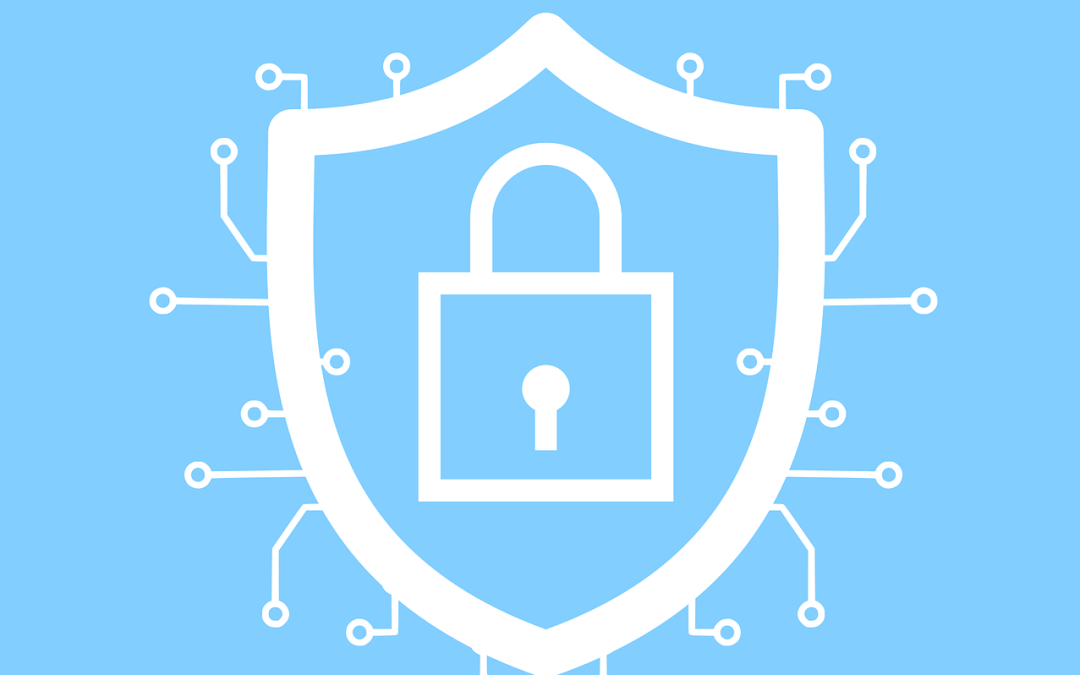
Introduction To Zero Trust
Zero Trust is a security model that doesn’t trust anyone by default. It verifies everyone and everything trying to connect to systems. This approach is gaining traction due to increasing cyber threats. Let’s dive deeper into the origins and core principles of Zero Trust.
Origins
The term Zero Trust was first coined by John Kindervag in 2010. He was an analyst at Forrester Research. The idea emerged from the realization that traditional security models were no longer sufficient. These models assumed everything inside an organization’s network was trustworthy. This assumption proved to be flawed. Cyber attackers had evolved, and they could easily breach these defenses. Thus, Zero Trust was born out of necessity.
Core Principles
Zero Trust is built on several core principles:
- Verify Explicitly: Always verify access requests, regardless of the source.
- Least Privilege Access: Give users the minimum access they need.
- Assume Breach: Prepare for the worst-case scenario always.
These principles ensure that every access request is scrutinized. This approach limits potential damage in case of a breach. Here is a table summarizing the core principles:
| Principle | Description |
|---|---|
| Verify Explicitly | Verify every request, no matter the source. |
| Least Privilege Access | Provide the least access necessary for tasks. |
| Assume Breach | Always prepare for potential breaches. |
Adopting Zero Trust Security can present several challenges, including complex implementation, resistance from employees, and potential disruptions to existing workflows. It’s crucial to plan carefully and involve experts to avoid these pitfalls. For seamless integration and expert support, consider partnering with SRS Networks. With over two decades of IT experience, SRS Networks provides tailored security solutions to protect your business effectively. Contact them at (831) 758-3636 or via email at [email protected] for professional assistance.
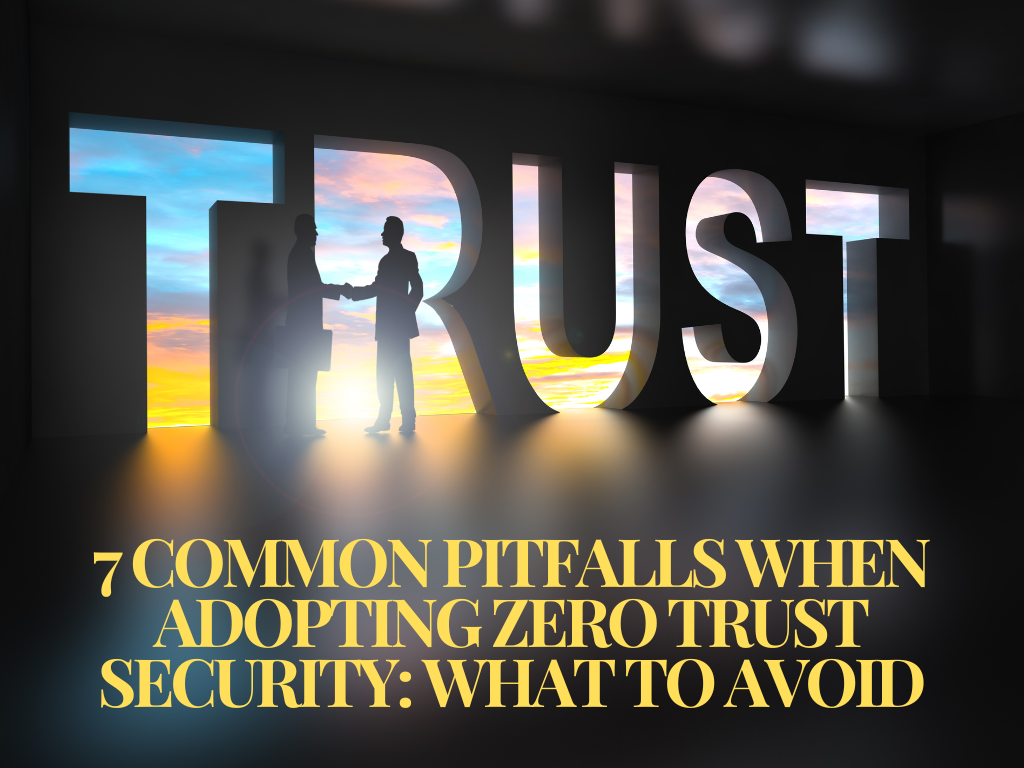
Credit: www.affinitymsp.com.au
Misunderstanding Zero Trust
Zero Trust Security is a powerful model for modern cybersecurity. But, many companies misunderstand its core principles. This can lead to costly mistakes and weak protection.
Common Myths
Some myths create confusion about Zero Trust. Understanding these myths is crucial for proper implementation.
- Myth 1: Zero Trust means zero breaches.
Reality: Zero Trust reduces risk but cannot eliminate breaches completely. - Myth 2: Zero Trust is a single product.
Reality: It is a holistic security approach, not a product. - Myth 3: Zero Trust is only for large businesses.
Reality: Companies of all sizes can benefit from Zero Trust.
Key Misconceptions
Misconceptions about Zero Trust can hinder its successful adoption.
| Misconception | Reality |
|---|---|
| Zero Trust is only about technology | It also involves policies and user behavior. |
| Zero Trust is expensive | Costs can be managed with a phased approach. |
| Zero Trust is too complex | Proper planning and tools simplify implementation. |
Zero Trust requires a clear understanding and proper planning. Avoiding these myths and misconceptions ensures stronger security and better protection.
Lack Of Proper Planning
A key pitfall in adopting Zero Trust Security is the lack of proper planning. Without a well-thought-out strategy, organizations can face numerous challenges. This can lead to vulnerabilities and security gaps. Proper planning ensures a smoother transition and better protection.
Importance Of Strategy
Strategy is crucial for successful Zero Trust Security adoption. It provides a clear roadmap for implementation. A good strategy aligns with the organization’s goals and objectives. It helps in identifying potential risks and vulnerabilities. With a solid strategy, the organization can allocate resources effectively.
A well-defined strategy also ensures that all stakeholders are on the same page. This reduces confusion and increases coordination. Planning helps in setting realistic timelines and milestones. It ensures that every phase of the implementation is well-executed.
Steps To Effective Planning
| Step | Description |
|---|---|
| 1. Assess Current Security Posture | Evaluate existing security measures and identify gaps. |
| 2. Define Clear Objectives | Set specific goals for what you want to achieve with Zero Trust. |
| 3. Identify Critical Assets | Determine which assets need the most protection. |
| 4. Develop a Roadmap | Create a step-by-step plan for implementation. |
| 5. Allocate Resources | Ensure you have the necessary tools and personnel. |
| 6. Train Staff | Provide training to ensure everyone understands their roles. |
| 7. Monitor and Adjust | Continuously monitor the system and make adjustments as needed. |
Following these steps ensures a comprehensive approach to Zero Trust Security. Proper planning minimizes risks and maximizes security. Each step builds on the previous one, creating a robust security framework. This methodical approach helps in addressing potential issues proactively.
Ignoring User Behavior
One of the most common mistakes in Zero Trust Security is ignoring user behavior. Every user action can indicate potential threats. Overlooking this can lead to security breaches. Understanding user behavior is key to a robust security system.
Role Of User Activity
User activity is crucial for Zero Trust Security. Each action by a user can tell a story. For instance, logging in from unknown devices could be a red flag. Abnormal access times may suggest suspicious behavior. Tracking these activities helps identify potential threats early.
Monitoring Tools
Monitoring tools are essential for tracking user behavior. These tools provide insights into user actions. They can alert you to unusual activities. Some popular monitoring tools include:
- Splunk: Great for real-time data analysis.
- LogRhythm: Useful for detecting and responding to threats.
- IBM QRadar: Known for its comprehensive security analytics.
Choosing the right tool can make a big difference. Ensure the tool fits your organization’s needs. Regularly update and configure these tools for best results.
| Tool Name | Key Feature |
|---|---|
| Splunk | Real-time Data Analysis |
| LogRhythm | Threat Detection and Response |
| IBM QRadar | Comprehensive Security Analytics |
Inadequate Access Controls
One of the critical pitfalls in adopting Zero Trust Security is inadequate access controls. Without proper access controls, sensitive data remains vulnerable. Many organizations fail to set up robust permissions and regular reviews. This oversight can lead to unauthorized access and potential breaches. Ensuring strict access controls is essential for a successful Zero Trust implementation.
Setting Permissions
Setting permissions accurately is vital for Zero Trust Security. Permissions should align with the principle of least privilege. Each user should only access what they need. Over-permissioning can expose critical data to unnecessary risk. Use role-based access controls (RBAC) to manage permissions effectively.
- Identify user roles and responsibilities.
- Define clear access levels for each role.
- Implement multi-factor authentication (MFA).
- Ensure access requests go through proper approval channels.
Regular Reviews
Regular reviews of access permissions help maintain security. Conduct audits to identify and revoke unnecessary permissions. Schedule these reviews quarterly or monthly to stay proactive. Regular checks ensure that only authorized users have access.
| Review Frequency | Actions |
|---|---|
| Quarterly | Audit all user permissions. |
| Monthly | Review high-risk roles and permissions. |
Ensure each review checks for redundant permissions. Use automated tools to streamline the review process. Automating reviews minimizes human errors and saves time.
Overlooking Device Security
Adopting a Zero Trust Security model is crucial. Yet, many organizations overlook device security. This oversight creates significant vulnerabilities. Devices form the frontline of your security defenses. Neglecting them weakens your entire security posture. Let’s explore the importance of device security.
Device Management
Effective device management is essential. It ensures every device is secure. Start with an inventory of all devices. This includes smartphones, laptops, and tablets. Knowing what devices are in use is crucial. Regularly update the inventory to avoid missing any.
Employ a Mobile Device Management (MDM) system. MDM helps monitor and manage devices remotely. It enforces security policies and updates software automatically. Also, consider using endpoint detection and response (EDR) tools. These tools detect and respond to threats in real-time.
Security Protocols
Implement robust security protocols for devices. Require strong passwords and multi-factor authentication (MFA). These measures add extra layers of security. Ensure that devices are encrypted. Encryption protects data in case of device theft or loss.
Regularly update device firmware and software. Updates often include critical security patches. Automate updates to ensure compliance. Also, conduct regular security audits. Audits identify weaknesses and help improve your security posture.
Here’s a simple table to highlight key actions:
| Action | Description |
|---|---|
| Inventory Devices | Keep an updated list of all devices. |
| Use MDM | Monitor and manage devices remotely. |
| Require MFA | Implement multi-factor authentication. |
| Encrypt Devices | Protect data with encryption. |
| Automate Updates | Ensure devices receive critical patches. |
Following these steps strengthens device security. It aligns with the Zero Trust model. Prioritize device security to protect your organization.
Neglecting Network Segmentation
When adopting Zero Trust Security, neglecting network segmentation can be a significant pitfall. Network segmentation helps isolate different segments of a network. This isolation prevents unauthorized access and reduces the attack surface. Failing to segment networks effectively can leave critical systems exposed to threats.
Benefits Of Segmentation
Network segmentation offers numerous benefits for a more secure environment:
- Enhanced Security: Segmentation limits the spread of malware across your network.
- Improved Compliance: It helps meet regulatory requirements by isolating sensitive data.
- Optimized Performance: Segmentation reduces network congestion by isolating traffic.
- Better Monitoring: It simplifies monitoring and makes it easier to identify suspicious activity.
Implementation Techniques
Implementing network segmentation involves several techniques:
- Virtual LANs (VLANs): Use VLANs to create separate segments within a single network.
- Firewalls: Deploy firewalls to control traffic between segments.
- Access Control Lists (ACLs): Use ACLs to define which users can access specific segments.
- Micro-segmentation: Implement micro-segmentation for more granular control of traffic within the network.
Consider the following table for a quick overview of these techniques:
| Technique | Purpose |
|---|---|
| VLANs | To create separate network segments within a larger network |
| Firewalls | To control traffic between different network segments |
| ACLs | To define access permissions for users and devices |
| Micro-segmentation | To achieve granular traffic control within segments |
Failure To Educate Staff
Adopting Zero Trust Security is essential for modern businesses. Yet, many overlook the significance of educating their staff. Without proper education, even the best security protocols can fail. Let’s dive into why staff education is crucial.
Training Programs
Training programs are fundamental to Zero Trust Security. They ensure that all employees understand the new security measures. Regular training sessions help in familiarizing staff with the system. Interactive sessions can be beneficial.
Using a mix of online and in-person training provides better results. Online modules offer flexibility. In-person training encourages engagement. Here is a simple comparison:
| Training Type | Advantages | Disadvantages |
|---|---|---|
| Online | Flexible, Accessible | Less Interactive |
| In-Person | Engaging, Interactive | Time-Consuming |
Ongoing Education
Ongoing education is crucial for staying updated. Cyber threats evolve constantly. Regular updates keep the staff informed about new threats. Organize monthly or quarterly refresher courses.
Creating a culture of continuous learning helps. Encourage employees to participate in cybersecurity workshops. Provide access to the latest research and articles.
Here are a few ways to ensure ongoing education:
- Monthly Newsletters
- Quarterly Workshops
- Access to Online Courses
Keeping the staff educated minimizes risks. It ensures that everyone is on the same page. This way, Zero Trust Security becomes more effective.
Frequently Asked Questions
What Is Zero Trust Security?
Zero Trust Security is a security model that requires strict identity verification. It assumes no implicit trust, even within a network.
Why Is Zero Trust Important?
Zero Trust is important because it enhances security. It protects against internal and external threats by verifying every access request.
What Are Common Zero Trust Pitfalls?
Common pitfalls include inadequate planning, poor implementation, and neglecting user training. These mistakes can compromise security.
How Can Zero Trust Be Effectively Implemented?
Effective implementation involves thorough planning, understanding network architecture, and continuous monitoring. Employee training is also crucial.
Conclusion
Adopting Zero Trust Security can be challenging, but avoiding common pitfalls ensures success. Stay informed, plan carefully, and train your team. These steps will help create a secure, resilient network. Embrace the Zero Trust model to protect sensitive data and maintain robust cybersecurity in your organization.
